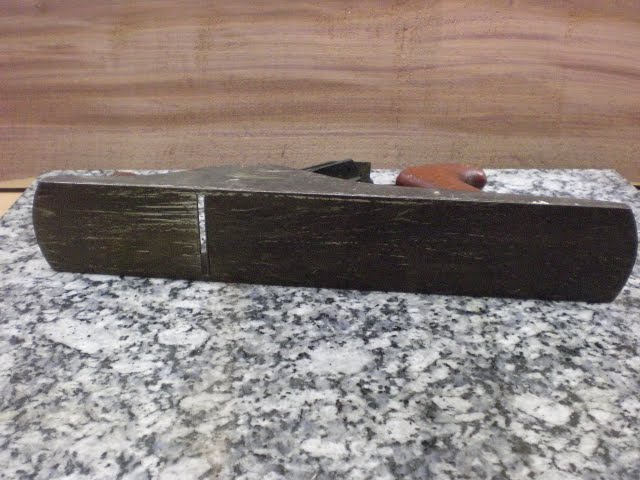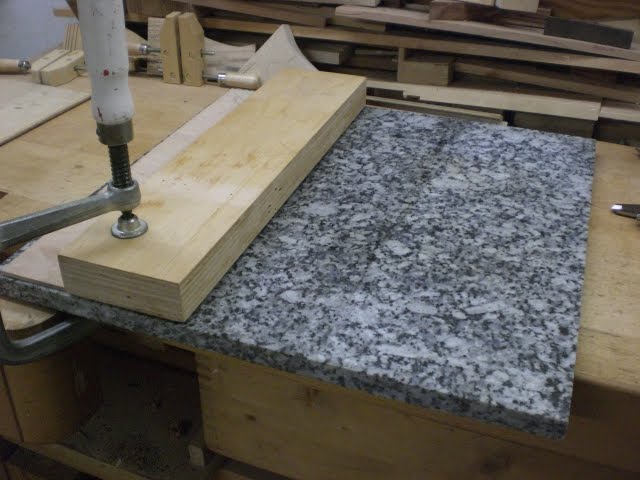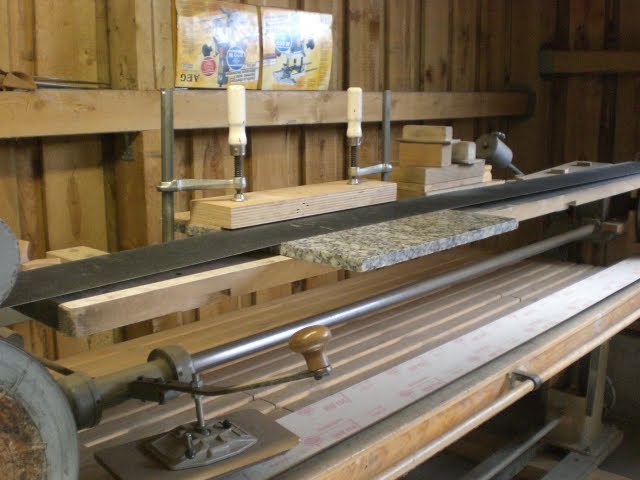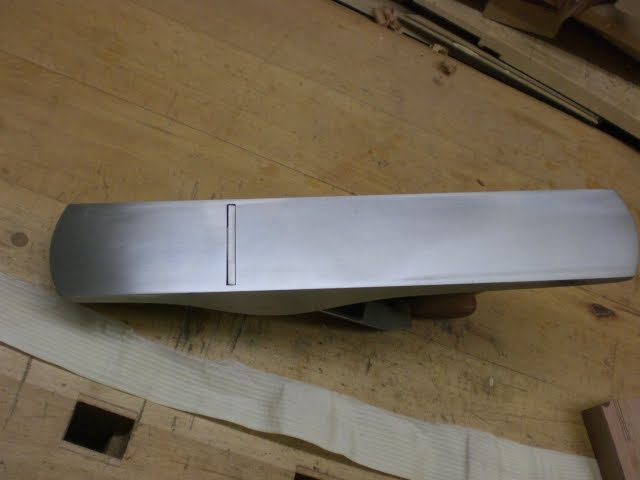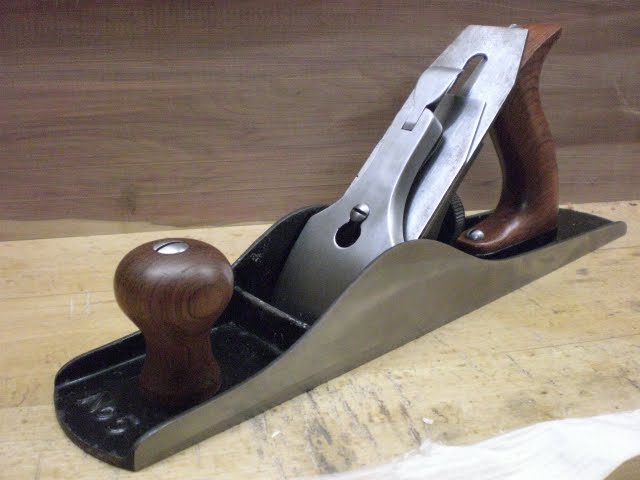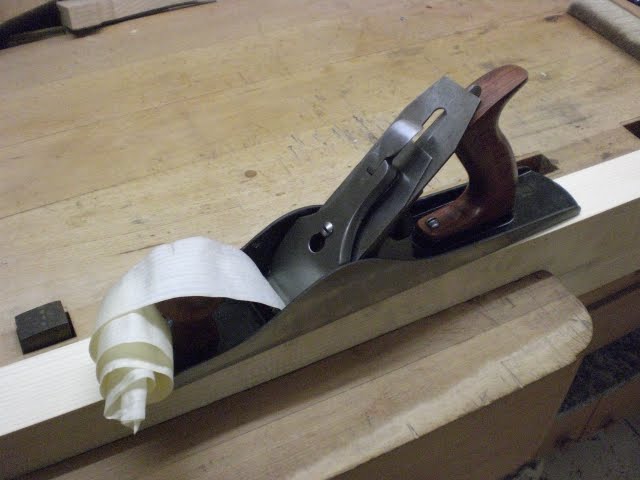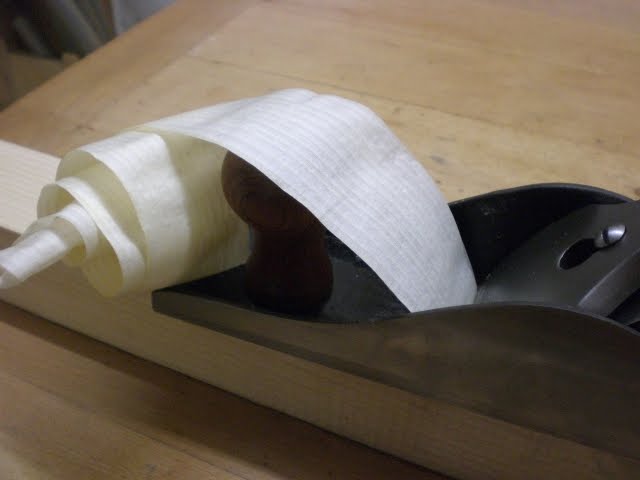I need some help. I have a few old planes that I picked up recently and I am having a hard time flattening them. I have tried this in the past only to get so-so results. It seems like the plane are convex (high in the center) and it takes me a few hours and a few blisters to get them flat.
I have been using sand paper on granite tiles and sandpaper glued to my table saw or jointer. I have tried all kinds of different types of sand paper ranging from 60 grit to 180. I have tried it dry and by wet sanding. I have read tons of blogs and posts on how to do it and watched some videos. Any ideas what I might be doing wrong?
The planes that I have completed turned out great and cut nice thin shavings it just takes so long to get there.
Any help would be great.




 Reply With Quote
Reply With Quote
 ...
...





